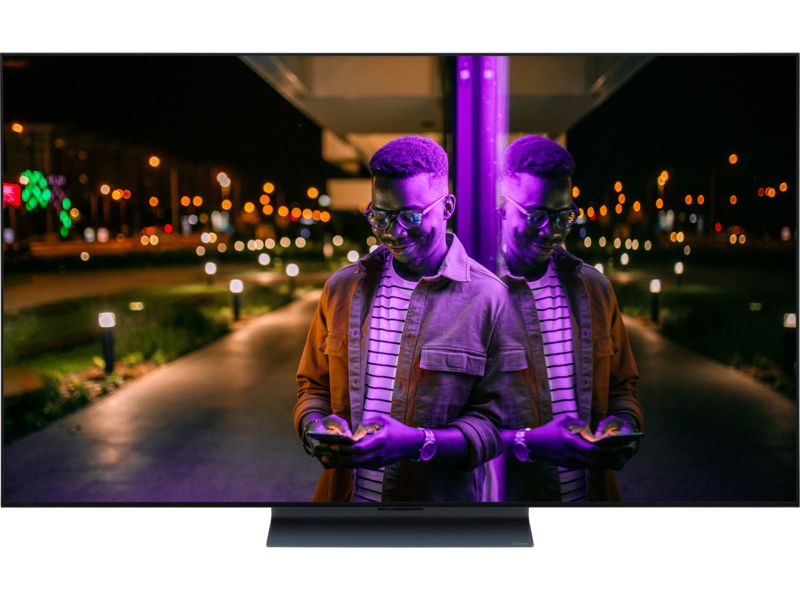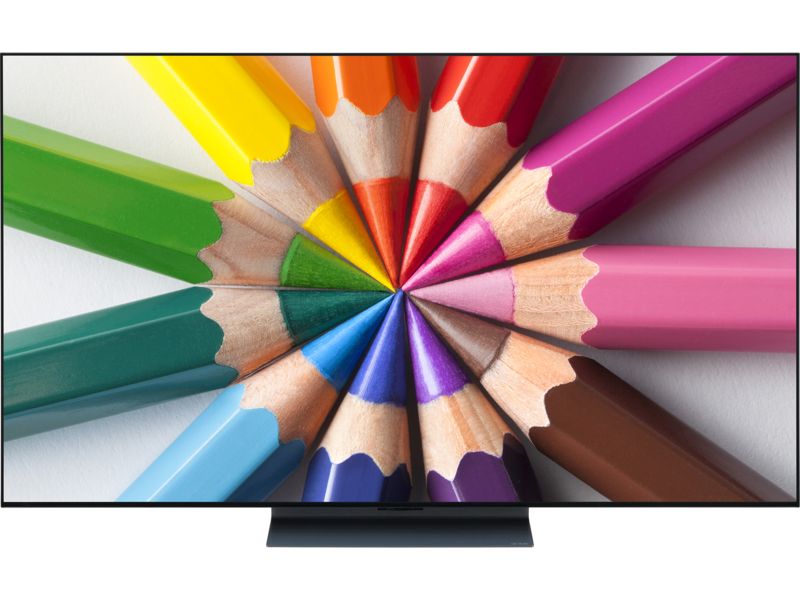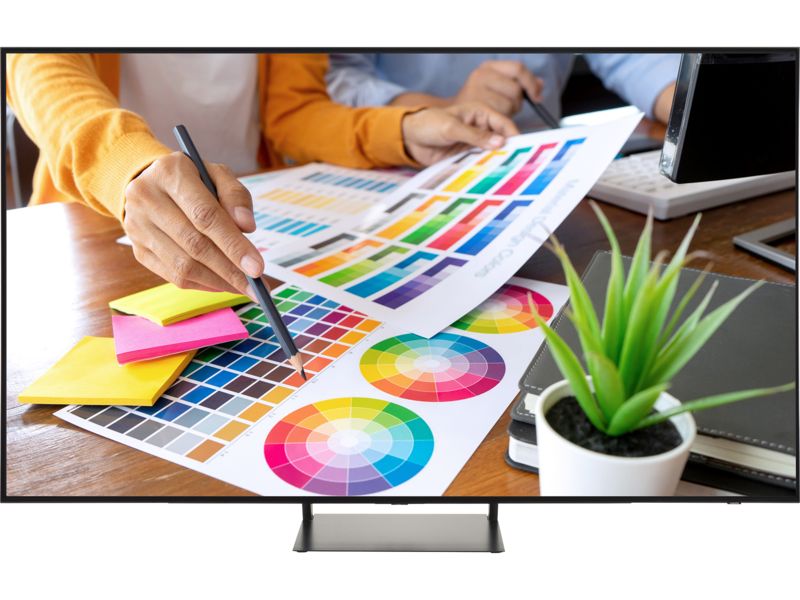By clicking a retailer link you consent to third-party cookies that track your onward journey. If you make a purchase, Which? will receive an affiliate commission, which supports our mission to be the UK's consumer champion.
Which TV brand to buy in 2024

In our unique longevity and customer satisfaction survey, we've asked more than 15,000 Which? members and members of the public to tell us whether they're happy with their TV and if they've experienced problems, so you can see which brands are worth investing in.
Philips and Hitachi developed the most faults in the first six years of ownership. Problems with the picture was by far the most common fault, followed by hardware failures.
Sound quality was a particular issue for Philips TVs, while Hitachi TV owners were more likely to have issues with the hardware failing. Bluetooth and wi-fi connectivity were also common issues.
We review more than 150 TVs every year, so check out which we like the most in our best TVs.
TV brands rated
The table below summarises this year’s results, based on TVs bought in the past six years.
Only logged-in Which? members can view the brand names, below. If you’re not yet a member, you can get instant access if you join Which.
| 80% | 5% | 2% | 26 | 68% | |
| 79% | 7% | 2% | 12 | 63% | |
| 77% | 6% | n/a | 6 | 65% | |
| 76% | 6% | n/a | 0 | 52% | |
| 76% | 7% | n/a | 6 | 62% | |
| 73% | 14% | n/a | 1 | 57% | |
| 72% | 10% | n/a | 0 | n/a |
TV brands ranked by customer score. The customer score, proportion faulty and proportion repaired or replaced are based on a survey of 15,614 people who own TVs, conducted in March 2023. Where 'n/a' is reported, there is not enough data.
As you can see in the table, there's a big difference between the best and worst TV brand in terms of both customer satisfaction and the proportion of appliances that developed faults.
Narrow your search and find out what size TV you should buy, then see our recommendations.
Which TV brand is most reliable?

These results take into account how many products developed a fault, how quickly these faults occurred, and how much they impacted day-to-day use of the product.
Five-star reliability rating
TVs are one of the most reliable tech products you can buy, and six brands were rated the full five stars for reliability.
There are plenty of reliable brands to choose from, but one just edges ahead thanks to its lower fault rate in the first six years of ownership – just 5%. Still, all of these brands are reliable and you shouldn't expect to see any faults for some time after purchase.
The reliability score broadly aligns with customer score, too. Most of the brands that topped the table for customer score are reliable, but there are a few outliers.
Four-star reliability rating
The next three brands still make reliable TVs, but their higher fault rates put them in the four-star bracket.
While only 5% of of the most reliable brand's TVs developed a fault in the first six years, an average of 10% of the TVs from these three brands became faulty in the same timeframe.
Three-star reliability rating
Two brands bring up the rear for reliability due to how many of their TVs became faulty in the first six years of ownership. One of them is among the more popular brands in the UK.
Of the TVs from the least reliable brand, 14% developed a fault in the first six years. With both of our low-scoring brands, the first fault occurs closer to five years in, too.
With more reliable brands we usually see the first fault happening after around five and a half years.
The best TVs are often high-end, but that's not always the case. See the best TVs under £500.
The three most common TV faults

Problem with the picture or screen
Screen issues are tricky to diagnose. Sometimes they're caused by a hardware fault, such as a dead pixel on the screen, which shows up like a green or red dot that's impossible to remove. But sometimes a fuzzy picture can be caused by a weak aerial signal or wi-fi connection.
If you notice a problem with the screen, try turning it off and on to see if the issue goes away. Some TVs also have screen-refresher software, which essentially tries to wipe away any picture problems. They go by different names, and not all TVs have them, but you'll find the options in the settings.
Hardware failure
This usually results in your TV not turning on, and it's because something inside the TV has gone wrong. It's often the motherboard, which acts as a connector for all the other bits of the TV and makes sure they can talk to each other.
There's not much you can do about hardware failure – you're best off calling the manufacturer or retailer to organise a repair or replacement.
Problem with sound quality
A faulty speaker can be subtle at first, but, once you hear it, it's hard to ignore. It's often a squeak or bit of distortion at certain pitches or volumes, and this usually means there's a hardware issue with the one of the speakers.
Sometimes it's down to a loose connection, but you'd need to take the TV apart to fix it, so you're best off contacting the manufacturer.
If you're having trouble hearing the TV, particularly dialogue, then you're not alone. It's a common issue, but not usually a fault. Try selecting the clear voice option on your sound settings so the TV emphasises higher pitches and you should be able to hear voices more clearly.
If you need to replace your TV in a hurry, is a second-hand one a good option? Read our guide to buying a second-hand TV.
Which TV manufacturers are the best value for money?
Based on feedback from our customer satisfaction survey, we've given brands a star rating (out of five) for value for money.
Despite a wide gulf in quality between some brands, people tend to think they're getting good value for money from their TVs.
Still, two of the top three brands make some of the most expensive TVs available, so it's interesting to see that people feel the quality justifies the cost.
How we calculate the best and worst TV brands
Which? has a wealth of information on Britain's favourite brands.
Every year we ask Which? members to tell us about the tech they own – from how likely they'd be to recommend a brand, to how reliable the products are once they get them home.
This year more than 15,000 Which? members and members of the public told us about more than 54,000 individual products, and we use this information to create our customer and reliability scores.
We calculate our customer score based on whether customers would recommend each brand and their level of satisfaction. We also calculate which brand developed the most faults, based on products up to six years old.
Our most reliable brand and reliability star ratings are based on how many products developed a fault, how quickly these faults occurred, and how much they impacted day-to-day use of the product.
Find our more about the in-depth analysis that goes into our each review in how we test TVs.



